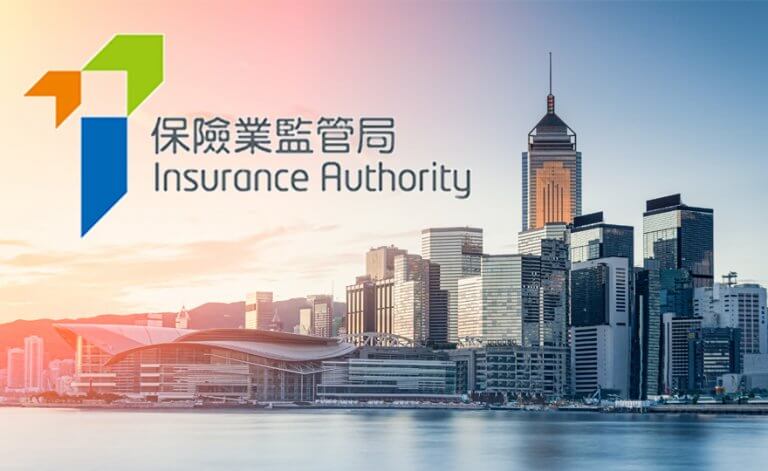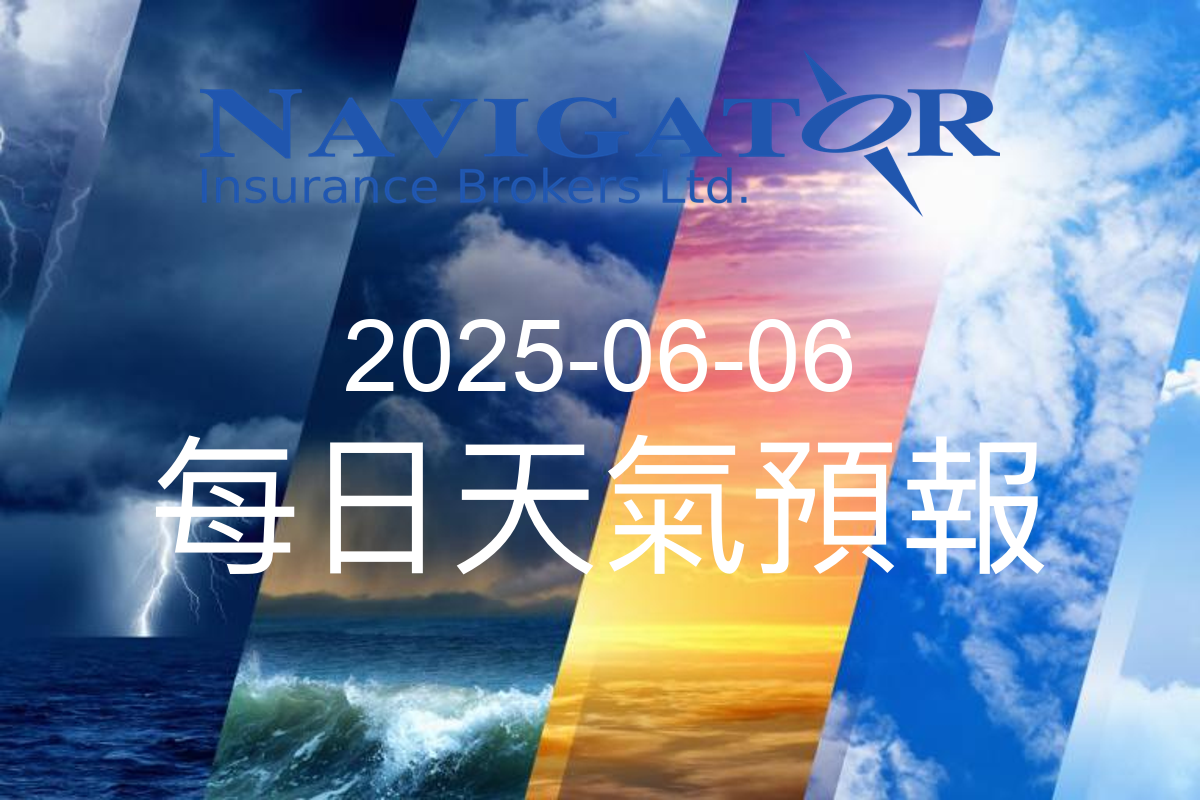Understanding Hong Kong’s New Insurance Illustration Rate Regulations
Insurance shoppers in Hong Kong are about to experience a more transparent purchasing environment, thanks to new regulations introduced by the Hong Kong Insurance Authority (HKIA). These changes directly address a long-standing issue in the insurance market: the potential misrepresentation of potential policy returns through overly optimistic illustrations.

Starting 1 July, insurers will face strict caps on the internal rates of return they can display in benefit illustrations during policy sales. For policies denominated in Hong Kong dollars, the maximum illustration rate is set at 6%, while policies in other currencies can use up to 6.5%. This might seem like a technical adjustment, but it represents a significant step toward protecting consumers from potentially misleading financial projections.
The motivation behind these caps stems from growing concerns about intense competition among insurers. In recent years, insurance companies have increasingly used aggressive illustration rates to attract customers, often presenting projected returns that may not accurately reflect real-world market conditions. These optimistic scenarios created what regulators call an “expectation gap” – a situation where policyholders’ actual non-guaranteed returns fall short of the initially presented projections.
By implementing these illustration rate limits, the HKIA aims to level the playing field and promote more honest sales practices. The crucial point to understand is that these caps only restrict the rates used in sales illustrations. They do not impose any limitations on the actual dividends or returns insurers can ultimately pay out on policies. This means consumers will still benefit from potential market performance while being protected from unrealistic initial expectations.
The insurance industry has responded positively to these regulatory changes. Companies are actively preparing by updating their internal systems and providing comprehensive training to sales intermediaries. This proactive approach suggests a collective recognition of the need for greater transparency and consumer protection.
For potential policyholders, these changes offer an opportunity to make more informed decisions. The HKIA encourages consumers to leverage online resources that provide detailed information about participating policies and their historical fulfillment ratios. By doing so, individuals can gain a more nuanced understanding of potential policy performance beyond the simplified illustration rates.
The broader significance of these regulations extends beyond immediate consumer protection. They represent a sophisticated regulatory approach that addresses market dynamics without stifling competition or innovation. Instead of imposing strict return limitations, the HKIA has chosen a targeted intervention that promotes more responsible sales practices.
Consumers should view these changes as a positive development. While the 6% and 6.5% illustration rate caps might seem technical, they fundamentally aim to create a more trustworthy insurance marketplace. By reducing the potential for misleading projections, the regulations help build consumer confidence and encourage more transparent financial communication.
As the insurance landscape continues to evolve, potential policyholders are advised to remain diligent. Carefully reviewing policy details, understanding the distinction between guaranteed and non-guaranteed returns, and utilizing available educational resources will remain crucial in making sound financial decisions.
The HKIA’s new illustration rate regulations mark an important step toward more responsible and consumer-friendly insurance practices in Hong Kong, setting a potential benchmark for regulatory approaches in other financial markets.



